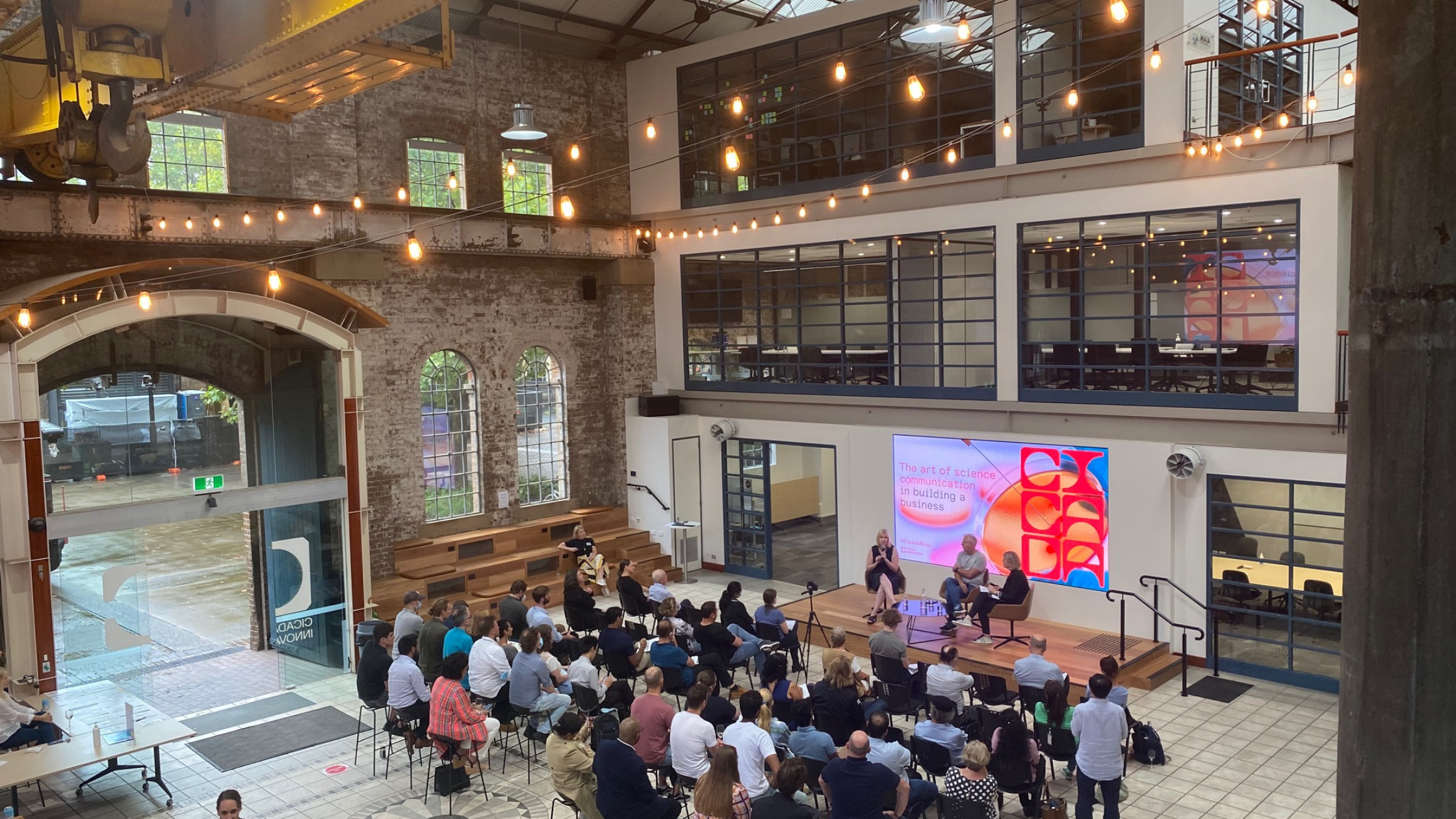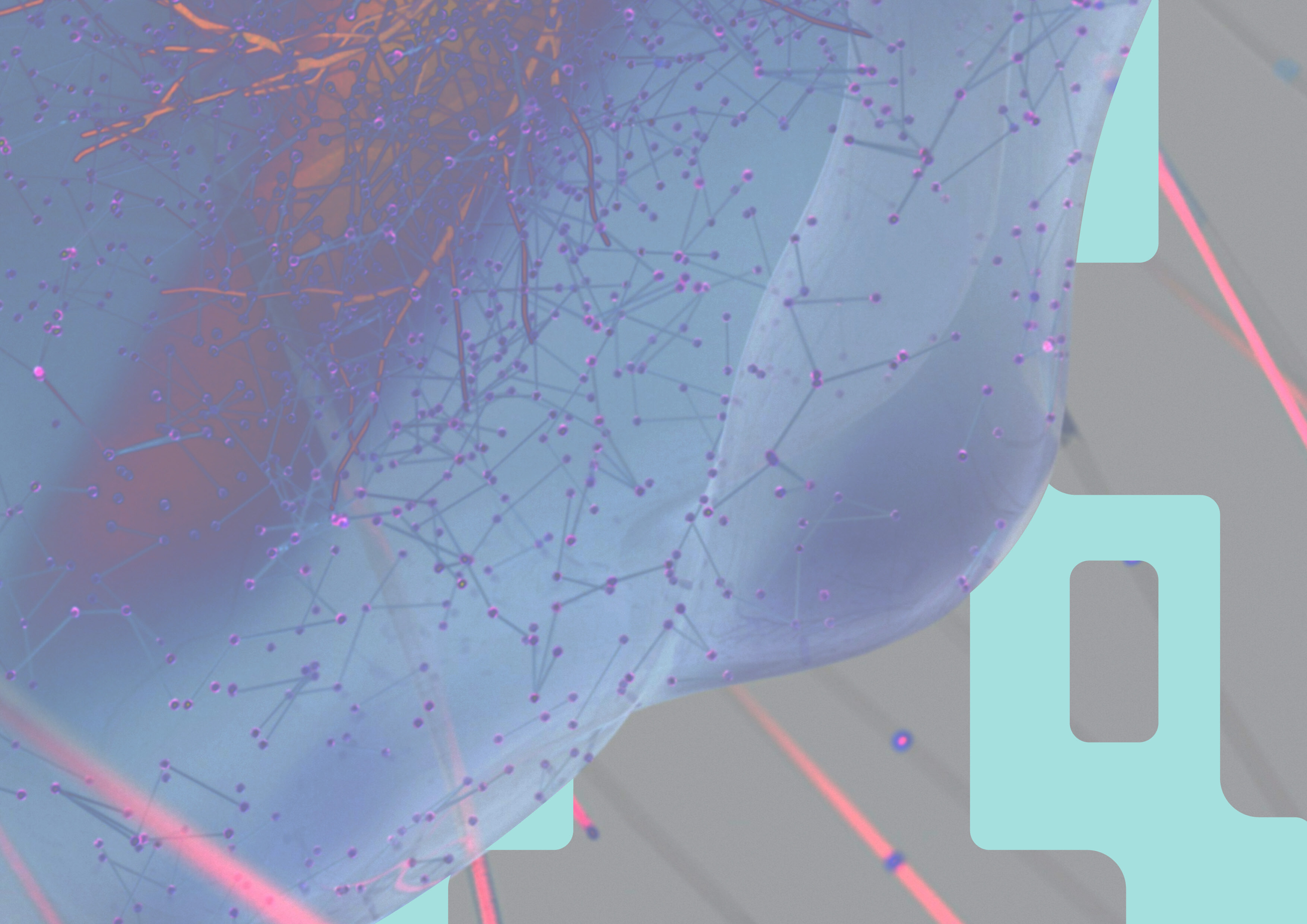Beyond the Buzz: Science Communication

At our February Cicada Buzz, our very own communicator extraordinaire, Sally-Ann Williams, CEO of Cicada Innovations spoke with two incredible STEM communicators, Phil Morle a Partner at Main Sequence Ventures and Kylie Ahern, CEO & Founder of STEM Matters to get their insights on how scientists and deep tech entrepreneurs can best communicate their work and its impact
“Every bit of information you put out is a beacon for somebody else to see your light and come help you. You are making everything in your life 1000 times harder, infinitely harder, if no one is helping you. They don't even know you exist.”- Phil Morle on the value of communicating science
Why does science communication matter?
Science communication is an essential skill for everyone. It is crucial to be able to engage and excite all types of people, from investors to customers and the general public.
- Science doesn't matter if nobody knows about it. Let’s say you've invented infinite power, or quantum computers or food that has a zero carbon footprint. Simply put, if no one knows about it, your work can’t actually have an impact on the world.
- Public understanding of science is crucial. The pandemic has highlighted this, wiithout accessible and accurate science communication, the public is unable to make informed decisions. It is a vital responsibility of scientists to make their work accessible to the broader population.
- Your story is a net to catch opportunity. Every bit of information you put out into the world is a beacon for somebody else to see what you do and come help you. If no-one knows you exist, you make your life infinitely harder.
What can we learn from examples of good science communication?
When done right, science communication can galvanize public trust around global issues like climate change, or reassure the public about breakthrough technologies like AI and CRISPR.
- Different audience, different story - The WIRED 5 Levels YouTube series has scientists communicating a concept to 5 different audiences - a child, teenager, undergraduate, postgraduate and a colleague. We can all practice layering complexity for different audiences in this way, it’s not about dumbing science down but making it accessible.
- Listen to how others tell your story - Startup Future Feed initially described their work as "delivering abatement of ruminant methane at low dose with potential to cut agriculture emissions and improve ruminant productivity.” After hearing the media describe their work as “low emission cattle”, they refined their narrative.
- Make it accessible - No one knew the Mayo Clinic until a few years ago but now if you look up any health issue, no matter how niche, you’ll end up on their website. This is because they make science accessible and understandable.
“We talk about communication being a soft skill. If it’s so soft, why isn’t everyone brilliant at it? It’s a hard skill, one that just like every other skill out there takes time, practice and a lot of work.“
- Sally-Ann Williams on the importance of developing communication skills
How can we all do science communication better?
Deep tech entrepreneurs and scientists often default to focusing on the technology. But there areflatwor several other elements to consider when deciding how to tell your story.
- Hopeful storytelling is not lying. Many scientists detail every single possible risk. We all need to know the risks at the right time, but to get there, we need to understand the opportunity. Let your audience know what’s possible. If they see the same future you see, they’ll want to follow and support you making this future a reality.
- Learn to Pixar Pitch. Tell your story as if you’re 10 years down the track, and then make it come true. This method clearly breaks down your problem, solution and where you want to go. “Once upon a time…every day…one day…because of that…until finally”
- Answer the ‘So what?’. Tell your audience why it matters, and why they should care. Learn to Gaddy pitch - “You know how there’s this [problem in the world you solve for]? Well, we solved this by [the work you do], in fact, [incredible proof point or data point to show your work is valuable].”
Interested in hearing an incredible science communicator and entrepreneur tell his story? At our next Cicada Buzz, Dr Alan Taylor will explain how he steered Clarity Pharmaceuticals from Australian benchtop science to the largest ever biotech IPO on the ASX. To join us in person on Thursday 24th March, express your interest to attend here.


-1.jpg)